Washington State News
Washington trails and parks in limbo: Federal layoffs force closures and cuts
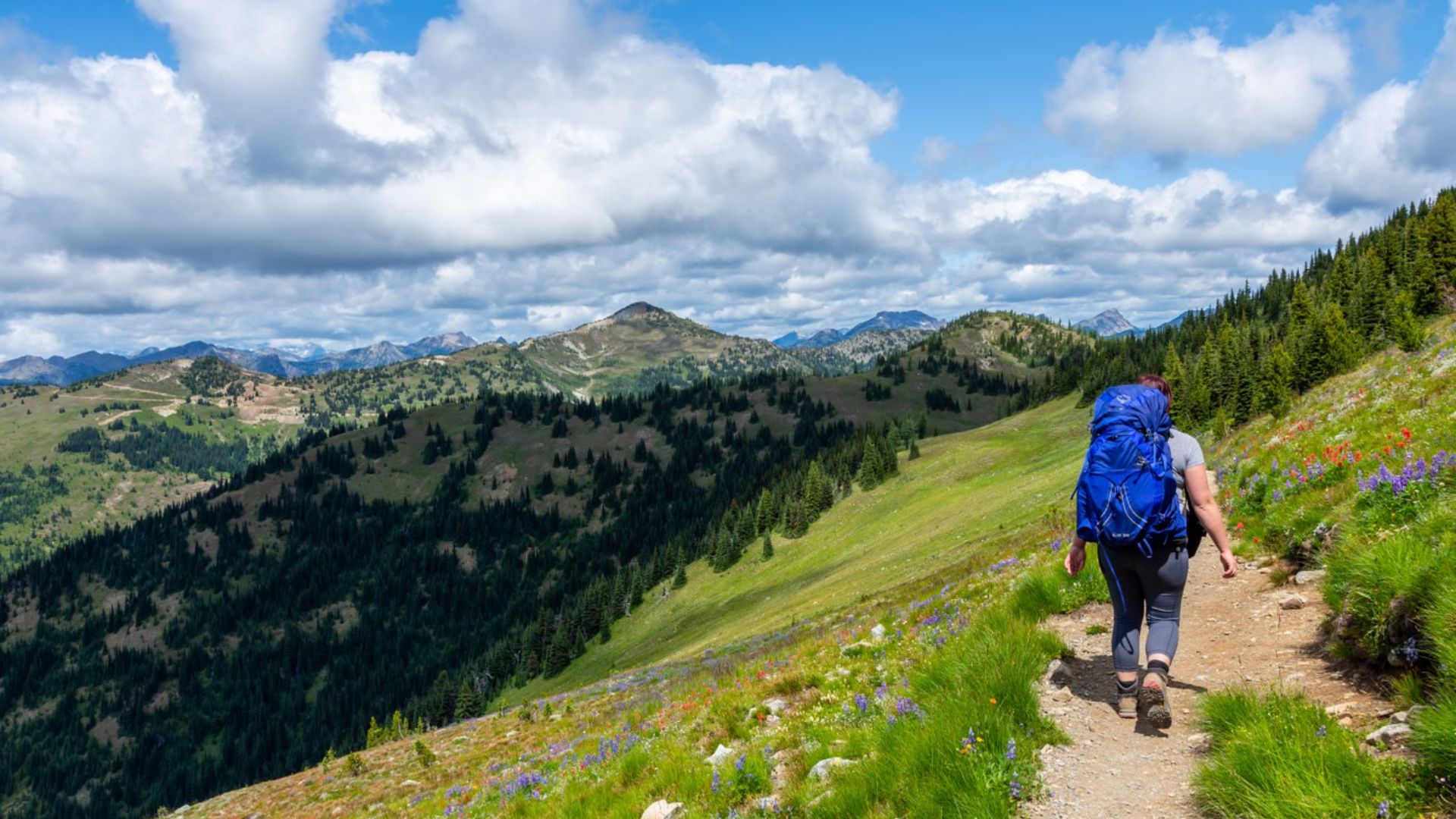
From the colorful coastal rainforests of the Olympic Peninsula to the challenging Cascades, Washington State’s beloved landscapes are experiencing the knock-on consequences of broad federal layoffs carried out by the Trump Administration this year.
Thousands of U.S. Forest Service and National Park Service staff members were let go nationwide, closing popular hiking trails and resulting in reduced amenities in national parks across the Evergreen State. Both visitors and local communities have deeply experienced the effects, which raise serious questions regarding the future of public land management and the livelihoods of people who have devoted their professions to preserve America’s most valuable natural areas.
A growing crisis: Layoffs hit Washington hard
February layoffs spark widespread concern
The latest wave of job cuts began on February 13, 2025. According to several reports, on that day roughly 1,000 National Park Service (NPS) staff members and 3,400 U.S. Forest Service (USFS) personnel got official notice that their positions had been canceled. This followed earlier hiring freezes and past cuts to temporary seasonal workforce.
Although public lands nationwide have been affected by these reductions, Washington State has felt this decision in a pretty sensitive note. Local officials and environmental groups claim that the closing of beloved trails like Denny Creek Trail in the Mt. Baker-Snoqualmie National Forest reflects more general institutional problems. Many of the staff members—including wilderness rangers, botanists, and volunteer coordinators—had long-standing careers in conservation and outstanding track records.
The U.S. Forest Service manages more than 9,000 miles of trails in Washington alone, more than any other agency, therefore helping one to understand the extent of these losses. The staff members in charge of maintaining these paths—clearing fallen trees, fixing footbridges, and handling crises—are no longer present, leaving public areas more vulnerable than ever.

Courtesy of the Washington Trails Association (www.wta.org)
Local reaction: An emotional toll
While visitors notice trail closures and reduced services, former staff are facing far more personal losses. Many have spoken out on the distress and sadness of losing jobs that were more than just employment; they were a calling, a dedication to the preservation of public lands.
Many of these now former employees, like former Catoctin Mountain Park biological science technician Carrie Schmitt, some had just started their careers.
“I’m sad, angry, but most of all disappointed that my dream of being a Park Ranger is over for the time being,” Schmitt posted on LinkedIn, describing her termination.
Like many others, she had spent years finishing internships, moving for new prospects, and working long hours—often for inadequate pay—to help create a future in conservation. Others were almost at the end of long probationary terms, confident a permanent appointment was finally within reach, just only to see the opportunity vanish.
On social media, stories of broken dreams and halted research coupled with growing concerns for the future of the region’s natural riches are frequently shared. The emotional toll on staff members draws attention to a more general problem: declining agency morale—something long-time supporters find to be alarming indication of the future.
Closures and cuts: The impact on Washington’s trails
Immediate effects on recreation
The immediate trail closures are among the most obvious and tangible effects of these decisions. Under insufficient personnel, the Denny Creek Trail in Mt. Baker-Snoqualmie National Forest remains closed down, FOX 13 Seattle reported. From the Cascades to places controlled by local ranger districts, like the rocky Enchantments in the Alpine Lakes Wilderness, similar closures and limited amenities have rippled outward.
Bulletins posted at visitor centers and trailheads detail the limitations:
- Unavailable restrooms at popular trailheads, forcing hikers to make do without basic facilities.
- Reduced or eliminated trash collection, increasing the risk of litter and wildlife disruption.
- Shortened visitor center hours, offering fewer chances for trail advice, permit acquisition, and safety briefings.
- Delayed trail maintenance, leading to unsafe conditions when blowdowns, erosion, or washed-out sections are left unaddressed.
Hiking groups like the Washington Trails Association further explained that the Forest Service has already been taxed for years, managing limited funds and rising visitor count. There is a great emptiness left when experienced rangers and trail maintenance teams go.
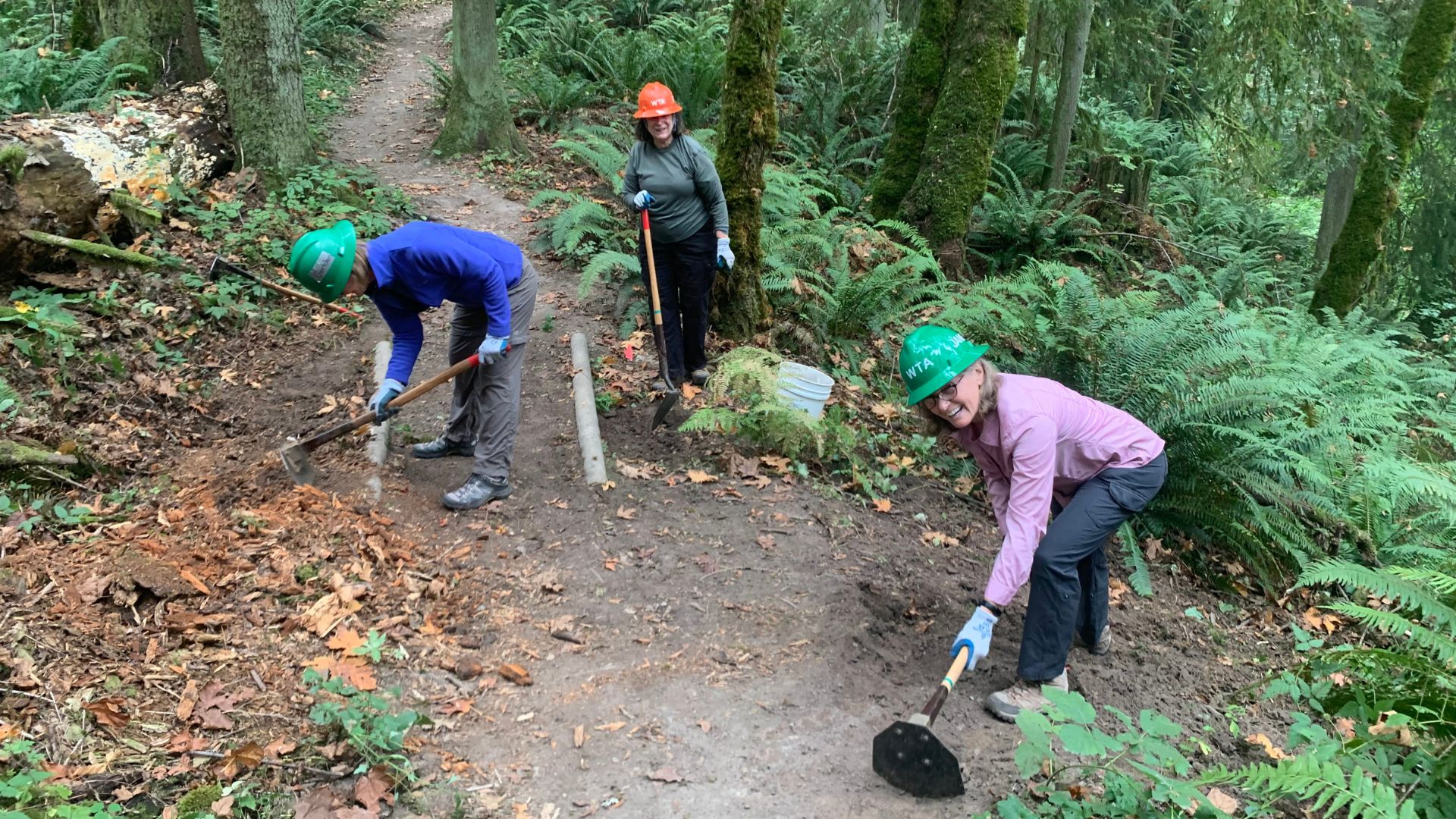
Courtesy of the Washington Trails Association (www.wta.org)
WTA’s response
Long partnering with the Forest Service, the Washington Trails Association (WTA) has organized volunteer efforts to preserve the extensive trail system of the state. Rangers were once quite important; they supported logistics, conducted safety courses, and carried essential supplies into the mountains on pack animals. Many of those same rangers, however, now either have lost their employment or find it difficult to balance multiple responsibilities with less hands-on deck.
WTA remains committed to enlisting volunteers, although their resources are restricted. As they point out, specialized jobs like clearing large fallen trees and completing difficult route building—work requiring advanced expertise and specialized tools— depend on experienced rangers. Without them, maintaining Washington’s trails safe and easily available for the millions of outdoor enthusiasts depending on them becomes much more difficult.

Courtesy of the Washington Trails Association (www.wta.org)
National parks under strain
Rising visitation, declining staffing
Washington is home to some of the country’s most iconic national parks, including Mount Rainier, Olympic, and North Cascades National Parks. Rob Smith, Northwest Regional Director for the National Parks Conservation Association (NPCA), claims, however, that public demand is rising while the resources available to meet it are becoming increasingly inadequate.
“I’ve met the park rangers a lot in my job. I know them, and it’s really sad to see that they’re so unappreciated when everyone loves national parks and their job,” Smith said. “Every time I’ve met them, they’ve been friendly. They want you to come to the parks; they want to help you enjoy them, and yet they seem to be the victims of an across-the-board cut. For them, it’s blunt trauma instead of a surgical removal.”
Smith offers a clear example from Mount Rainier National Park. Visits to the park have jumped by 31% over the past ten years while the permanent personnel has dropped by over 29%. Visitors swarm each summer, eager to see the wildflower meadows in full bloom, encounter animals, and engage in ranger-led events even with less rangers.
“The big crowds come in the summer. That’s when you want to see the meadows, you want to see rangers help you tell where to go, Junior Ranger programs for kids, staffing visitor centers, and sometimes search and rescue,” he said. “Those are the kinds of jobs that are at risk.”
The immediate implications of more than 1,000 National Park Service employment cuts around the country will result in longer queues at park entrances, fewer educational activities, and closed campsites. From winter safety patrols to facility maintenance and critical resource security, an already small crew will still have to handle year-round obligations once the busy summer season fades into the quieter months.
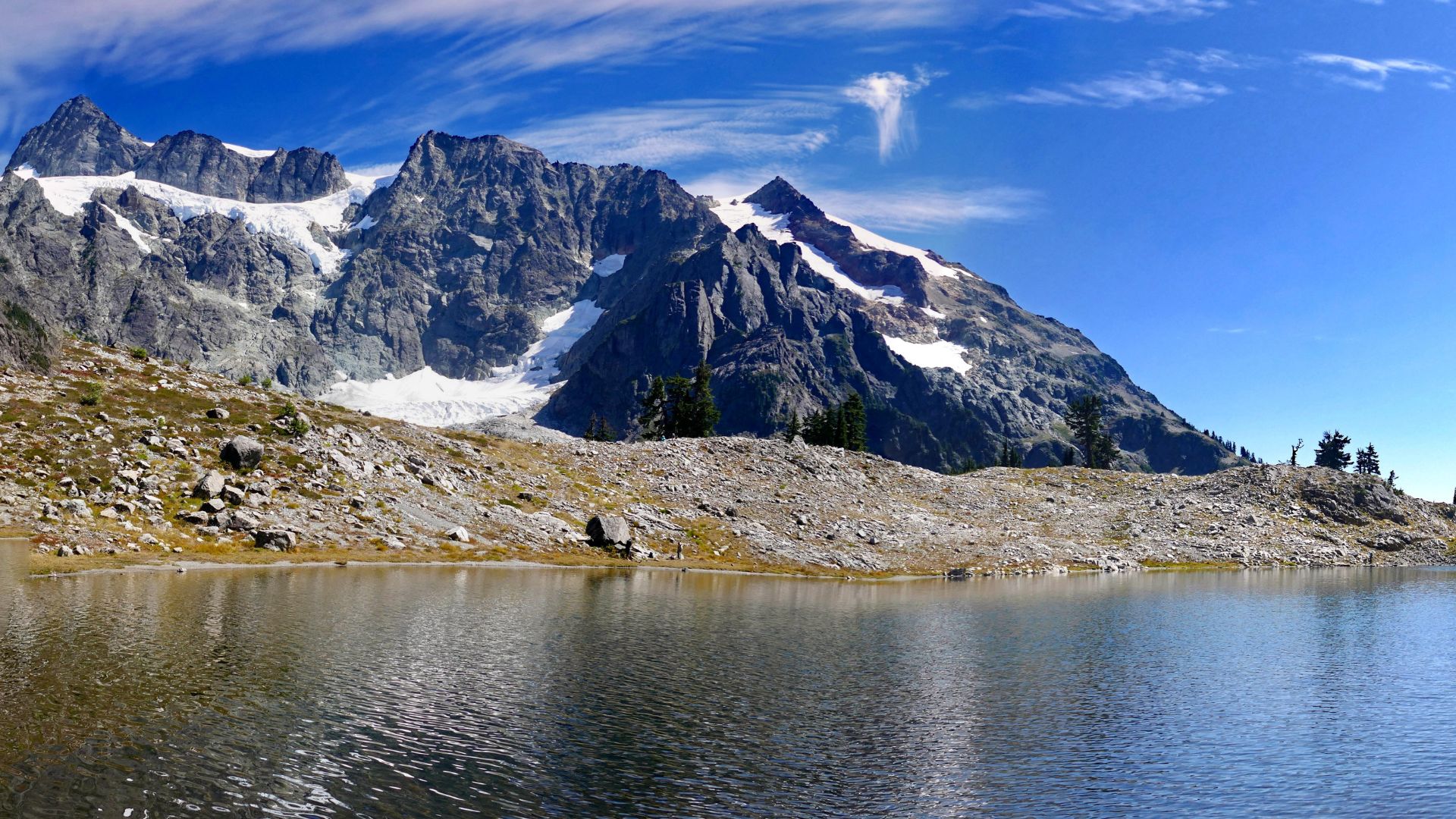
Courtesy of the Washington Trails Association (www.wta.org)
The human impact: Morale at an all-time low
Smith notes the emotional toll is staggering:
“Morale is terrible in a job where you should be happy to be going to work and protecting a place like Mount Rainier.”
Many current and former staff members also feel this way since they claim decision-makers have excluded them from the discussion. Although some former employees look into class-action lawsuits or legal possibilities, the most important question is what comes next. Already overworked teams could find even more strain in the months ahead as additional layoffs loom.
First-person experiences: stories behind the cuts
“It represents years of dedication”
Few narratives illustrate the heartbreak of these layoffs as powerfully as the story of Angela Moxley, who worked as a botanist at Harpers Ferry National Historical Park. In a post shared widely on social media and later recounted by the NPCA, she wrote:
“For anyone who has ever earned the honor to wear the green and gray, it represents often years of dedication, setbacks, and toil at low wages in order to prove that you have the chops to work at the National Park Service.”
Moxley was among those who received a termination email on Valentine’s Day—just ten days before she would have completed her probationary year. Like so many others, the email stated “performance issues,” an allegation that clearly contradicted her record of good assessments. She said in an interview that she felt numb passing over her government-issued computer, office key, and uniform.
Her abrupt resignation brought numerous important research initiatives—including attempts to fight the invading woolly adelgid insect endangering the hemlock trees in the park—to a stop. She had also been spearheading invasive plant studies and wetland rehabilitation projects, that now remain without her input.
“It makes no sense”
In one of the more pointed critiques, John Garder, Senior Director of Budget and Appropriations at NPCA, described the layoffs as something that:
“…makes no sense for local economies, it makes no sense for the people who care for these places, it makes no sense for the well-being of our most treasured in this country.”
His sentiments were echoed by other advocates who argue that investing in public lands pays off in a big way. Local communities report a notable increase in tourism-related income for every dollar invested on the National Park Service. National parks brought in $55.6 billion for the national economy just in 2023.
Parks are being challenged to do more with less, though, even as visitor counts soar. Managing guest experiences, safeguarding natural resources, and guaranteeing public safety have become increasingly difficult responsibilities with less workers on hand.
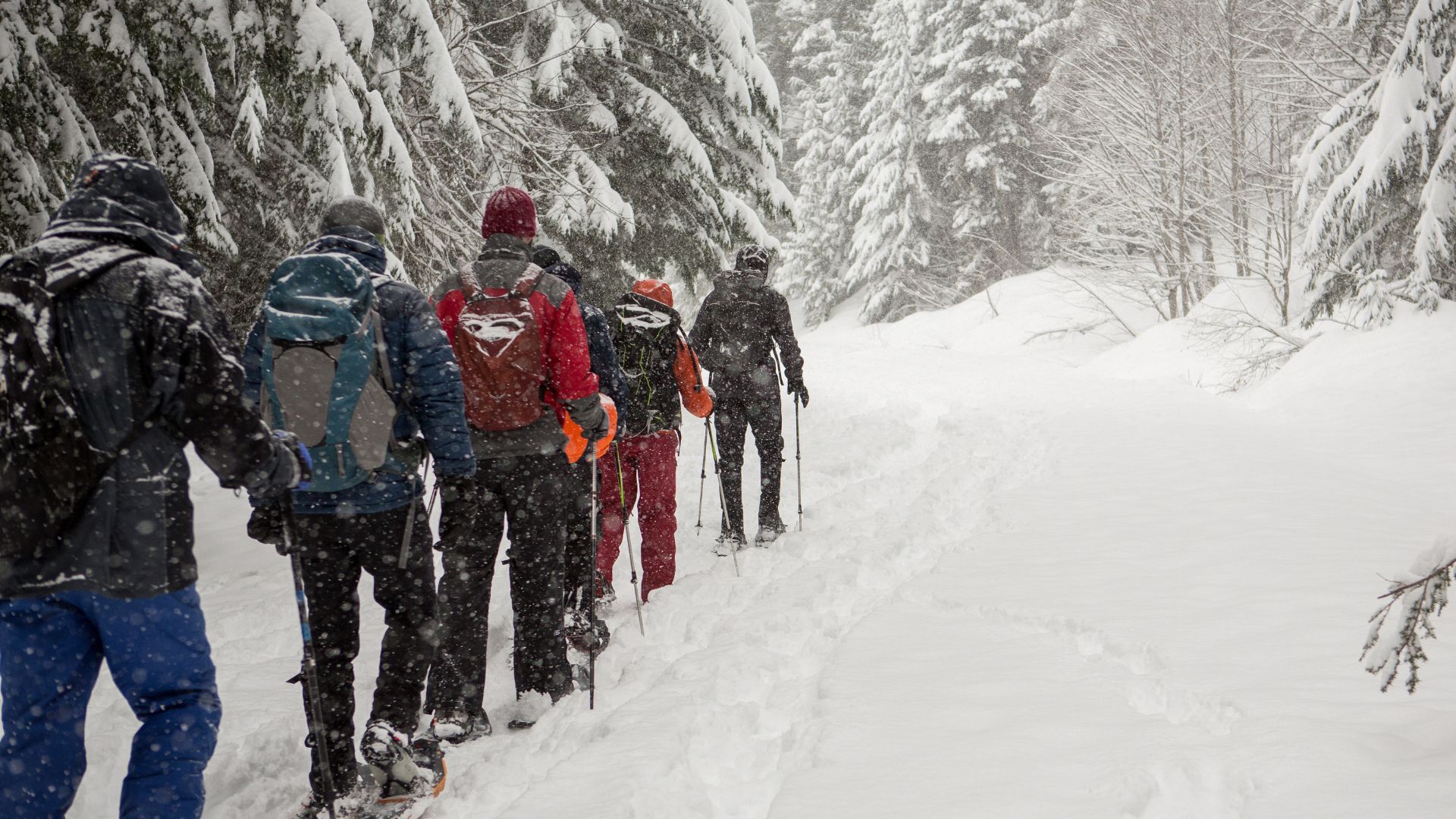
Courtesy of the Washington Trails Association (www.wta.org)
A groundswell of criticism
Carrie Schmitt, who once dreamed of a lifelong career in the Park Service, said:
“I’m sad, angry, but most of all disappointed that my dream of being a Park Ranger is over for the time being.”
Meanwhile, Dulce Naime, a former community planner for the National Mall and Memorial Parks, challenged the public to look around when visiting D.C. monuments:
“Maintenance and improvements don’t happen overnight or by chance; everything requires devoted public servants.”
Their experiences accurately represent how profoundly these cuts impact employees’ personal and professional life, and they raise pressing issues regarding what is lost when committed staff members no longer have the chance to preserve and interpret America’s most valuable landscapes.
Read also: Washington forms expert panel to address energy challenges posed by growing data center industry

Courtesy of the Washington Trails Association (www.wta.org)
Far-reaching consequences
Economic ripple effects
Outdoor recreation economy in the Pacific Northwest is a powerhouse. For rural communities, tourism in and around national parks and forests is a fundamental lifeline; it sustains hotels, restaurants, and local businesses serving hikers, climbers, anglers, and skiers. The National Park Service estimates that visitor expenditure in nearby towns amounted to $26.4 billion in one year, therefore supporting thousands of employment in these gateway areas.
However, there is rising concern regarding what happens when guests come to discover blocked popular trails or campsites resulting from personnel shortages. The NPCA suggests that many people might decide to travel elsewhere or cut their travels, which would result in less overnight stays, less restaurant food, and less souvenir buying.
This decline in tourism over time combined with potential damage to the region’s reputation might seriously affect local businesses that have long prospered as gates to some of the most magnificent wilderness areas of the nation.
Safety and resource protection
Beyond only financial issues, public safety and environmental preservation trigger great concerns. Programs conducted by rangers teach visitors how to follow accurate trail etiquette, leave no trace, and securely see animals. Less staff means less interpretive rangers to lead the public, though. Trained with first aid and backcountry navigation, search-and-rescue teams—also thin—raise questions about potential emergency response times suffering.
The impact goes beyond visitor services. Many of the employees in charge of safeguarding culturally important locations, tracking invading species, and doing vital scientific research have also been let go. The result? More trash, neglected facilities, increased risk of unlawful camping or vandalism, and less control in places once dependent on seasoned experts to control.
“Visitors don’t usually encounter us, but without us, there would not be sites to enjoy,” Moxley noted.
The very landscapes that bring people in could start to fade without regular upkeep, ecological protection, and informative activities. Under current staffing conditions, Mount Rainier’s wildflower meadows, glacially-carved valleys of the North Cascades, and old-growth woods of Olympic National Park all depend on continuous stewardship—are all now at risk.
Advocacy and proposed solutions
Calls to restore 1,000 Jobs
Reacting to these cuts, the NPCA and other conservation organizations have urged Congress and the Department of the Interior to undo the decision, restore the 1,000 lost NPS posts, and block other personnel reductions. They argue that maintaining the increasing number of visitors—a trend spanning years— depends on consistent funding and sufficient manpower.
The Trump Administration has justified the action as means of agency streamlining and budget constraint addressing. Critics oppose that the National Park Service accounts for just a small portion of the federal budget and that the long-term expenses—to local economies as well as to the preservation of natural and cultural resources—much exceed any temporary savings.
Washington Trails Association efforts
The Washington Trails Association has outlined a two-pronged strategy:
- Immediate support for trails
- Volunteer mobilization: Ramping up volunteer trail crews to mitigate the impact of staff shortages.
- Responsible recreation: Encouraging hikers to practice Leave No Trace principles and choose less popular trails to reduce pressure on heavily impacted areas.
- Long-term advocacy
- Legislative outreach: Urging citizens to contact their representatives about the importance of public lands funding.
- Community partnerships: Strengthening collaboration with local businesses, nonprofits, and civic groups to fill the gaps in funding and staffing.
Reassessing seasonal hiring
Originally slashing thousands of temporary and seasonal employment, the Trump Administration later made some concessions for National Park Service seasonal workers—though the scale of the reversal was small compared to more general layoffs. The U.S. Forest Service still lacks seasonal labor in great numbers meanwhile.
In the best-case scenario as well, the absence of permanent employees contributes to more issues. The loss of experienced employees weakens continuity and erodes institutional knowledge—something that short-term hires simply cannot fully replace.
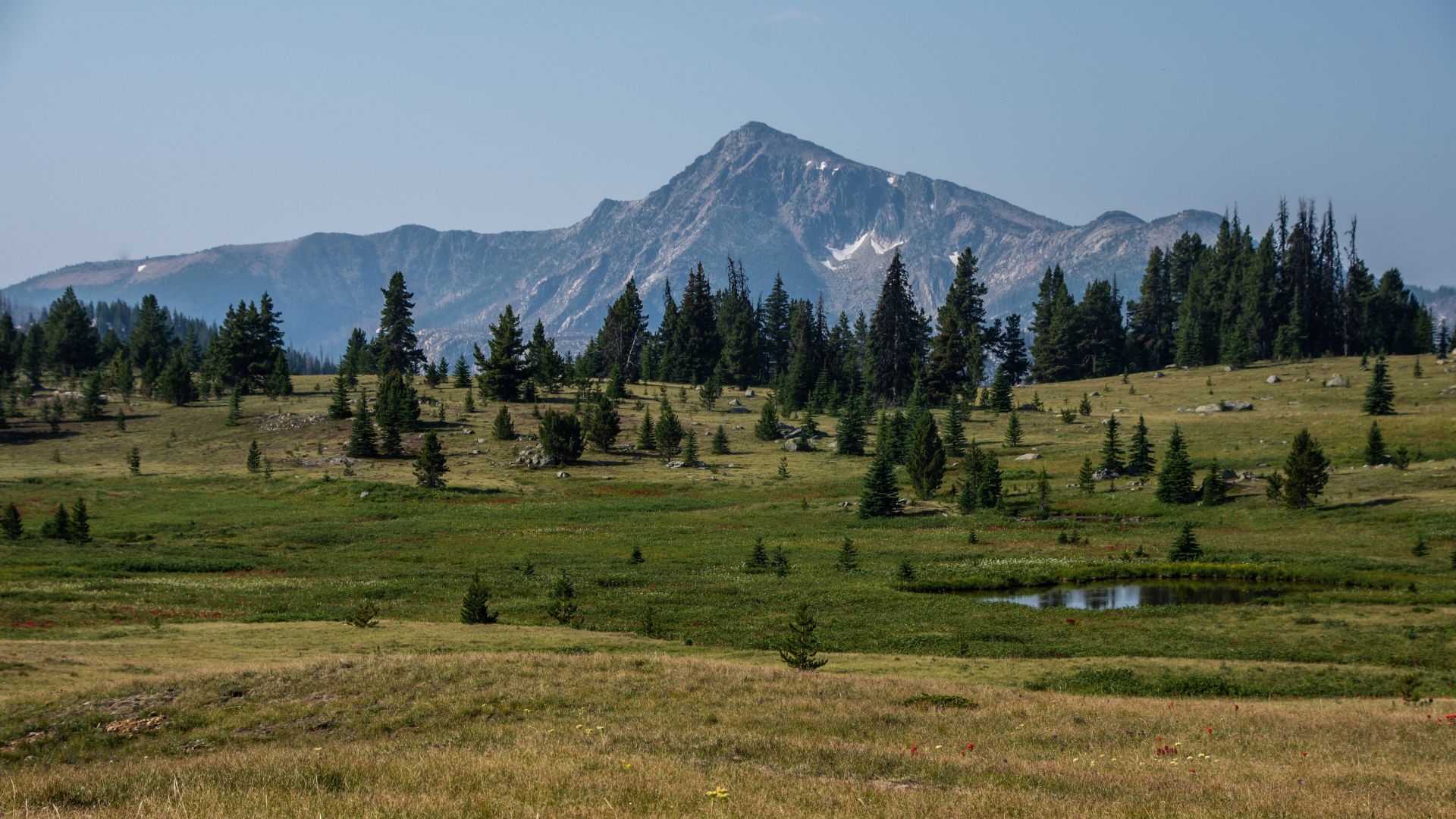
Courtesy of the Washington Trails Association (www.wta.org)
Chronology of events
- January 2025: White House confirms plans to cut thousands of temporary seasonal employees across federal land management agencies.
- February 13, 2025: Approximately 1,000 NPS and 3,400 USFS employees receive termination notices, sparking widespread closures and reduced services.
- February 14, 2025 (Valentine’s Day): Employees like Angela Moxley and Carrie Schmitt share stories of receiving termination emails citing “performance” issues despite positive appraisals.
- Mid-February 2025: Local Washington-based organizations, including WTA, confirm major staff reductions in regional offices. Reports emerge of drastically reduced recreation teams managing the Enchantments, Denny Creek Trail closures, and looming campgrounds closures in Mount Baker-Snoqualmie National Forest.
- Late February 2025: Partial reversal of some seasonal cuts at the NPS announced, though thousands of permanent positions remain eliminated. Organizations like NPCA and WTA ramp up advocacy efforts, encouraging public involvement and urging congressional action.
Looking ahead: A fight for the future of public lands
Though the long-term consequences of these government cuts are yet unknown, the immediate effects are already being felt: fewer rangers monitoring backcountry paths, longer queues for basic tourist amenities, and mounting worries about the ecological damage some of the most prized areas suffer. While former staff members are left searching for new prospects after unexpectedly losing their positions, morale among surviving staff members is strained.
Rising public and political pressure, some say, could force the government to undo more of these cuts. Others, however, think this is only the start—a hint of a more general attempt to lessen government control of public land. The question now is whether local advocates, conservation groups, and political officials might band together to protect Washington’s parks and trails from a continuing staffing problem.
“Without staff, the National Park Service will be unable to carry out its 100+ year mission to leave the parks unimpaired for the enjoyment of future generations. This is a mission my colleagues and I take seriously,” Moxley added.
Although community-led groups like the WTA are eager to fill in the voids, they are also clear: volunteer efforts by themselves cannot replace highly qualified, sufficiently financed federal personnel. Successful public land management has been based for decades on the cooperative efforts of professional rangers, scientists, and committed volunteers. Ignoring one element of that equation runs the danger of upsetting the whole system.

Courtesy of the Washington Trails Association (www.wta.org)
What you can do
If you love Washington’s trails, national parks, and wilderness areas, there are concrete steps you can take:
- Contact your members of Congress: Urge them to prioritize funding for federal land management agencies and to restore cut positions.
- Volunteer with local organizations: Groups like the Washington Trails Association and others depend on volunteers for trail maintenance, stewardship events, and advocacy.
- Practice responsible recreation: Choose less crowded trails when possible, pack out trash, follow posted closures, and respect guidelines to reduce pressure on understaffed areas.
- Support local communities: Consider patronizing businesses near gateway towns that rely on tourism. Encouraging visitor spending can help mitigate the economic hit from reduced park services.
- Share your concerns: Raise awareness on social media, write letters to the editor, or attend public meetings. A sustained public spotlight can influence policy decisions at both state and national levels.
The continuous government cutbacks have put Washington State’s national parks and trails in a crossroads. Though behind-the-scenes the truth is far more disturbing, the amazing views, rich forests, and pure rivers remain unaltered. Fewer rangers, shuttered trailheads, and disgruntled former employees hint to a more fundamental problem: a widening gulf between America’s love of its public lands and the will to adequately pay and maintain them.
The outdoors still provides comfort to Washingtonians and guests, but today that pleasure comes with some residual unease. Will the Denny Creek Trail still be open next season? Will Mount Rainier’s interpretive programs still be there to inspire the next generation of explorers? The argument over these closures and layoffs goes beyond mere budget cuts to include what it really means to safeguard these areas for everyone, now and into the future.
One thing is evident as Congress considers its next actions and the government establishes priorities: these parks and forests belong to all Americans, and the demand to preserve them has never been louder. Whether your path forward is that of a weekend hiker, long-time resident, committed conservationist, or otherwise, your voice counts in determining the future of the Washington State parks.









